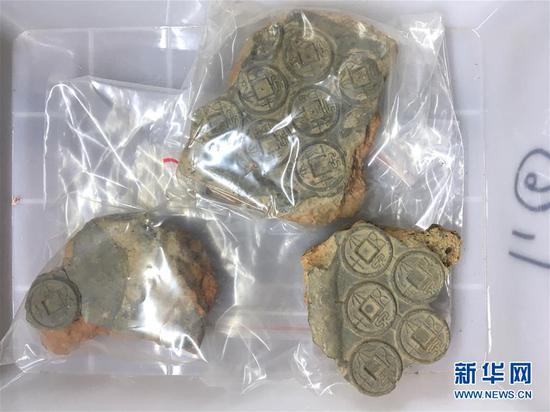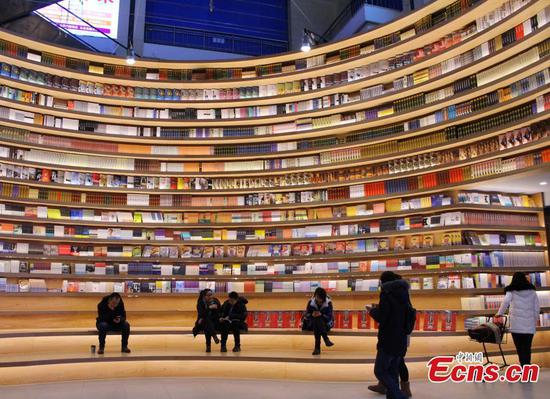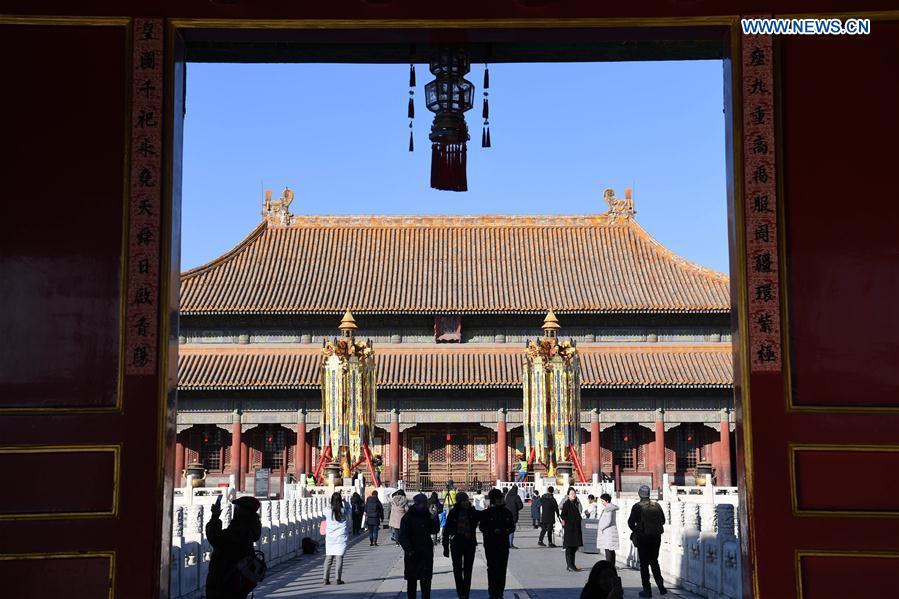
Longevity lanterns are installed before the Qianqing Gong, or the Palace of Heavenly Purity, at the Palace Museum, also known as the Forbidden City, in Beijing, capital of China, Jan. 21, 2019. The traditional lanterns recovered by the Palace Museum in accordance with historical archives from the Qing Dynasty (1644-1911) are opened to the public Monday, as a part of the exhibition of "Celebrating the Spring Festival in the Forbidden City". (Xinhua/Jin Liangkuai)

Heavenly lanterns and longevity lanterns are installed before the Qianqing Gong, or the Palace of Heavenly Purity, at the Palace Museum, also known as the Forbidden City, in Beijing, capital of China, Jan. 21, 2019. The traditional lanterns recovered by the Palace Museum in accordance with historical archives from the Qing Dynasty (1644-1911) are opened to the public Monday, as a part of the exhibition of "Celebrating the Spring Festival in the Forbidden City". (Xinhua/Jin Liangkuai)
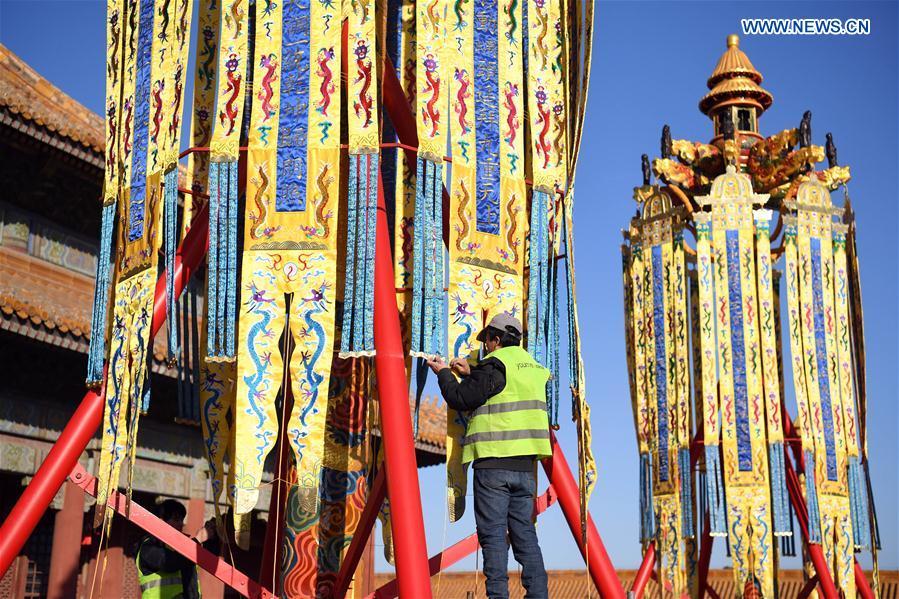
A worker stabilizes longevity lanterns installed before the Qianqing Gong, or the Palace of Heavenly Purity, at the Palace Museum, also known as the Forbidden City, in Beijing, capital of China, Jan. 21, 2019. The traditional lanterns recovered by the Palace Museum in accordance with historical archives from the Qing Dynasty (1644-1911) are opened to the public Monday, as a part of the exhibition of "Celebrating the Spring Festival in the Forbidden City". (Xinhua/Jin Liangkuai)
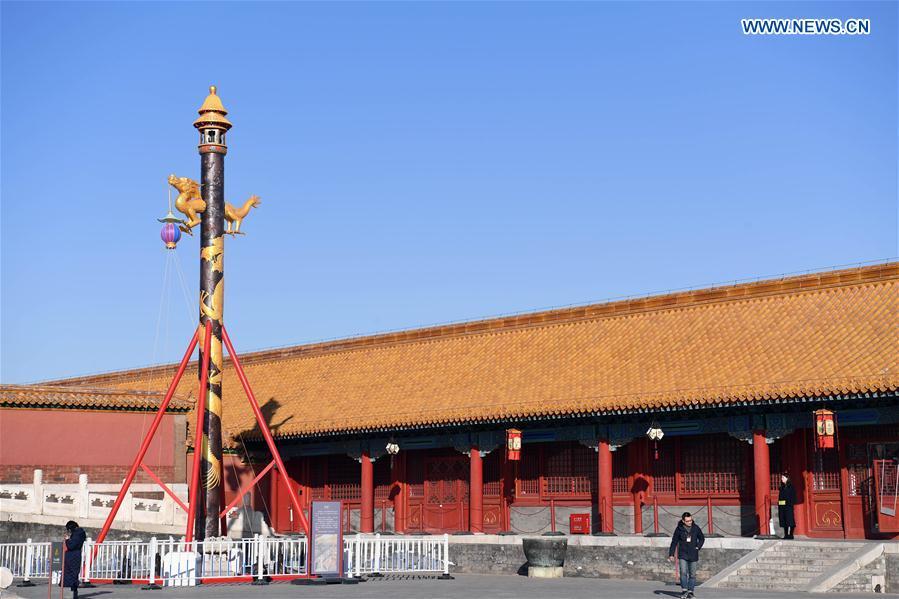
A heavenly lantern is installed before the Qianqing Gong, or the Palace of Heavenly Purity, at the Palace Museum, also known as the Forbidden City, in Beijing, capital of China, Jan. 21, 2019. The traditional lanterns recovered by the Palace Museum in accordance with historical archives from the Qing Dynasty (1644-1911) are opened to the public Monday, as a part of the exhibition of "Celebrating the Spring Festival in the Forbidden City". (Xinhua/Jin Liangkuai)
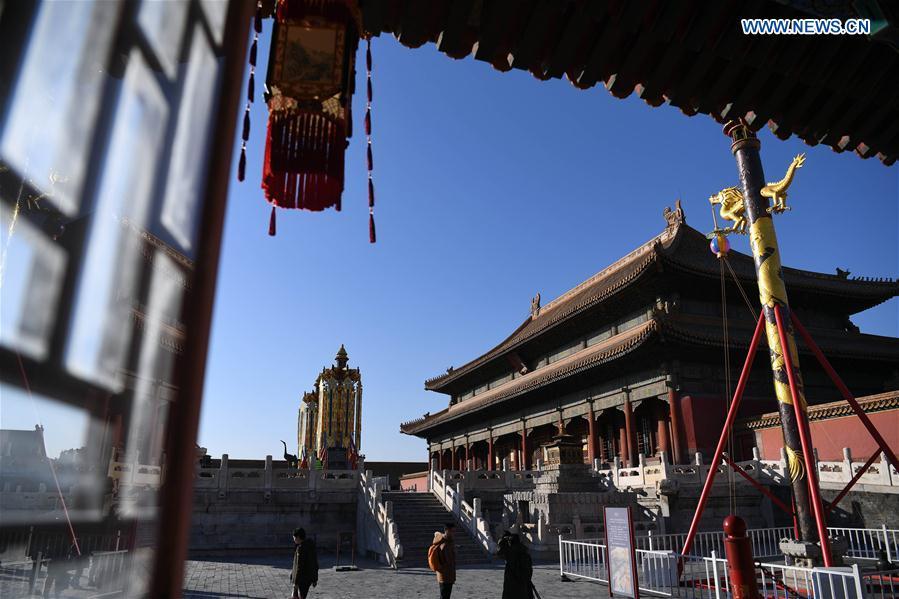
Heavenly lanterns and longevity lanterns are installed before the Qianqing Gong, or the Palace of Heavenly Purity, at the Palace Museum, also known as the Forbidden City, in Beijing, capital of China, Jan. 21, 2019. The traditional lanterns recovered by the Palace Museum in accordance with historical archives from the Qing Dynasty (1644-1911) are opened to the public Monday, as a part of the exhibition of "Celebrating the Spring Festival in the Forbidden City". (Xinhua/Jin Liangkuai)
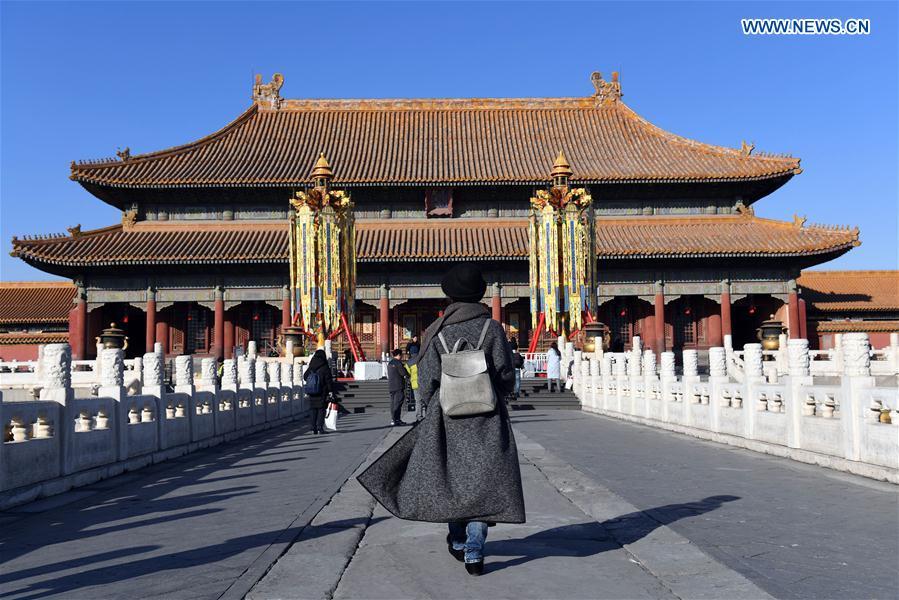
Longevity lanterns are installed before the Qianqing Gong, or the Palace of Heavenly Purity, at the Palace Museum, also known as the Forbidden City, in Beijing, capital of China, Jan. 21, 2019. The traditional lanterns recovered by the Palace Museum in accordance with historical archives from the Qing Dynasty (1644-1911) are opened to the public Monday, as a part of the exhibition of "Celebrating the Spring Festival in the Forbidden City". (Xinhua/Jin Liangkuai)
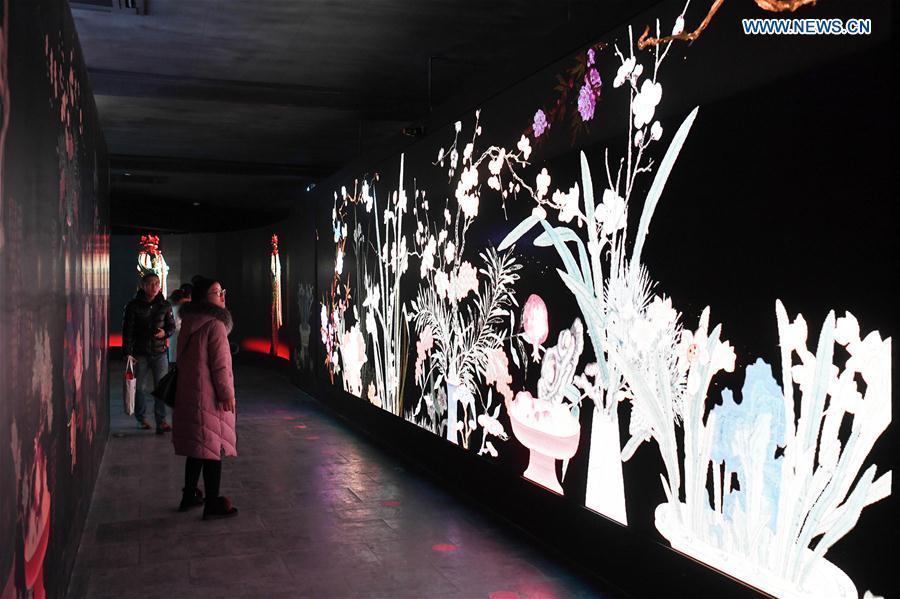
Photo taken on Jan. 21, 2019 shows the scene of the digital immersive experience exhibition to be held at the Palace Museum, also known as the Forbidden City, in Beijing, capital of China. As a part of the exhibition of "Celebrating the Spring Festival in the Forbidden City", the digital exhibition featuring Spring Festival cultural elements will be held on Jan. 23. (Xinhua/Jin Liangkuai)

A girl visits the digital immersive experience exhibition to be held at the Palace Museum, also known as the Forbidden City, in Beijing, capital of China, Jan. 21, 2019. As a part of the exhibition of "Celebrating the Spring Festival in the Forbidden City", the digital exhibition featuring Spring Festival cultural elements will be held on Jan. 23. (Xinhua/Jin Liangkuai)
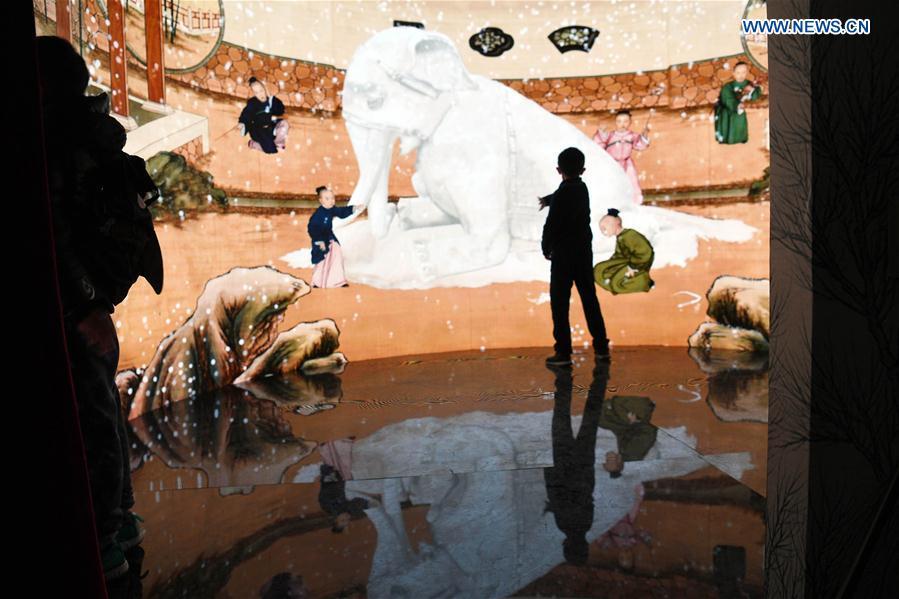
People visit the digital immersive experience exhibition to be held at the Palace Museum, also known as the Forbidden City, in Beijing, capital of China, Jan. 21, 2019. As a part of the exhibition of "Celebrating the Spring Festival in the Forbidden City", the digital exhibition featuring Spring Festival cultural elements will be held on Jan. 23. (Xinhua/Jin Liangkuai)










